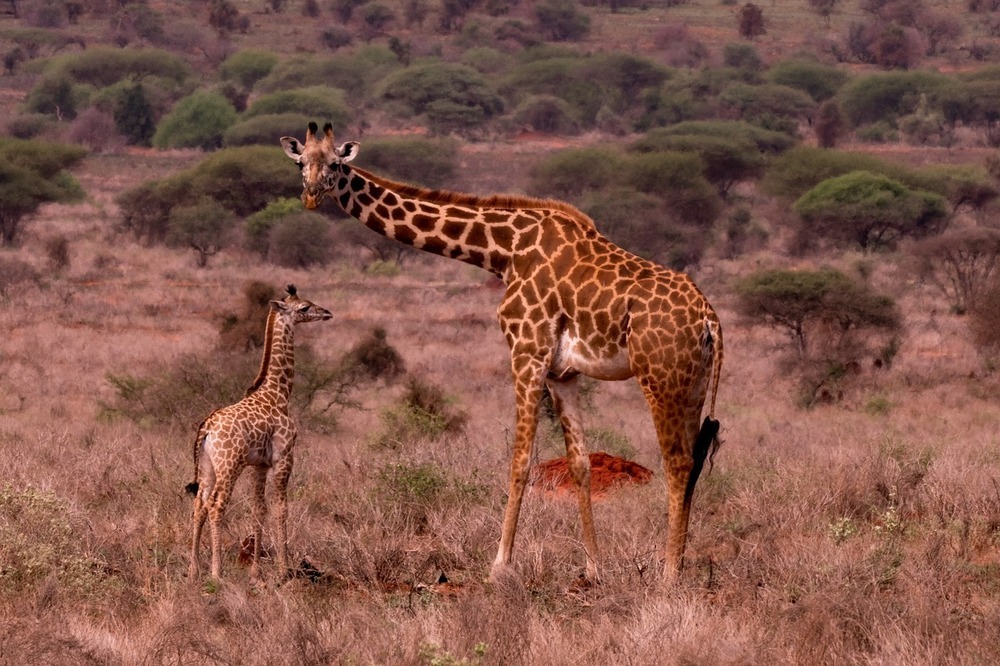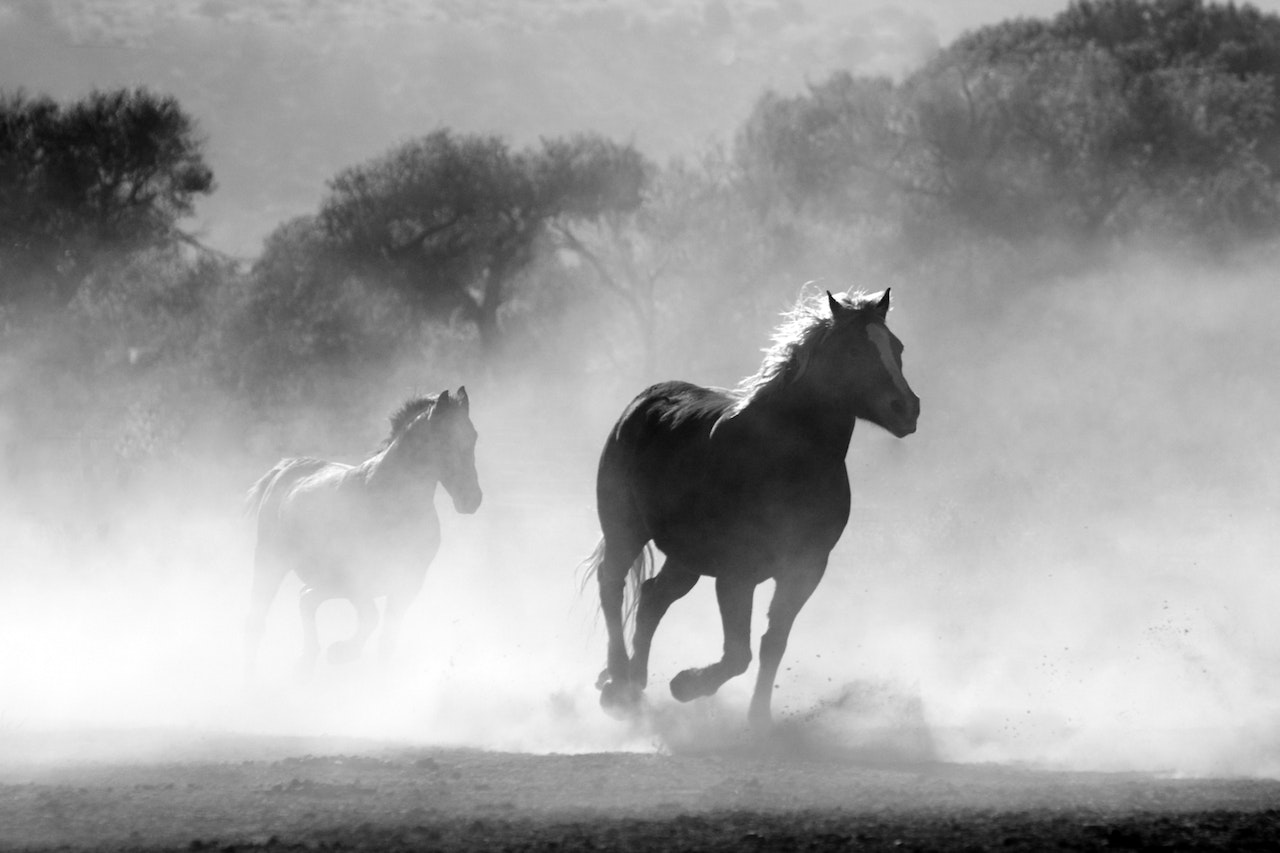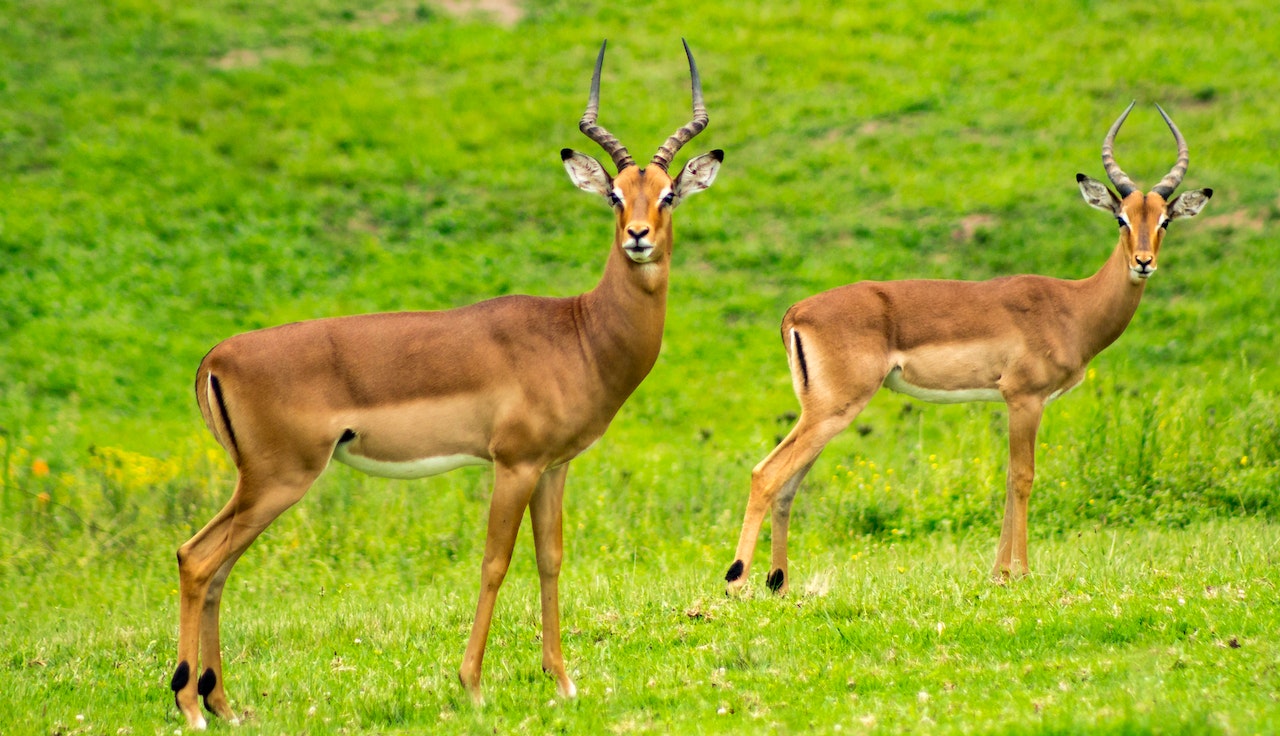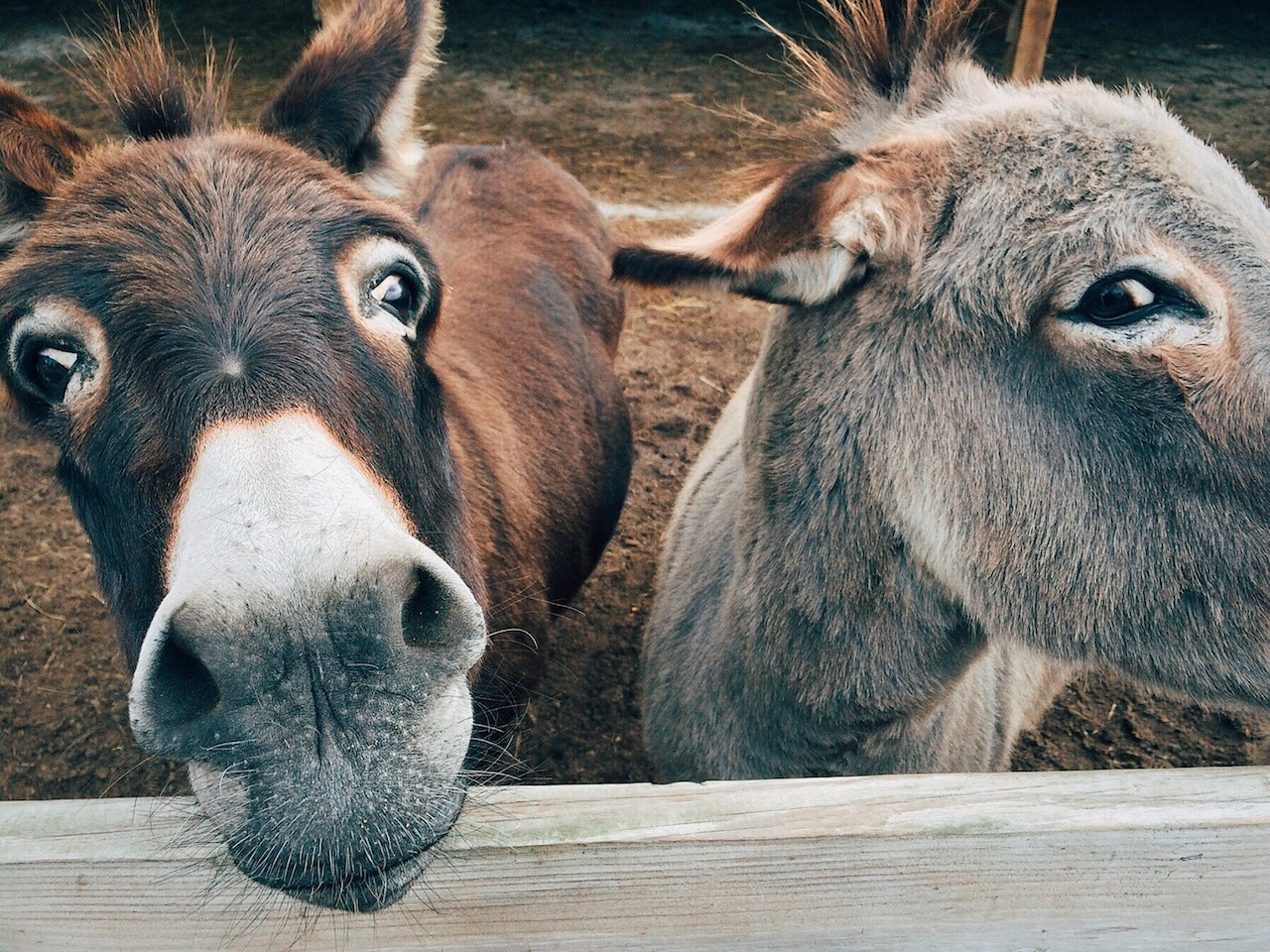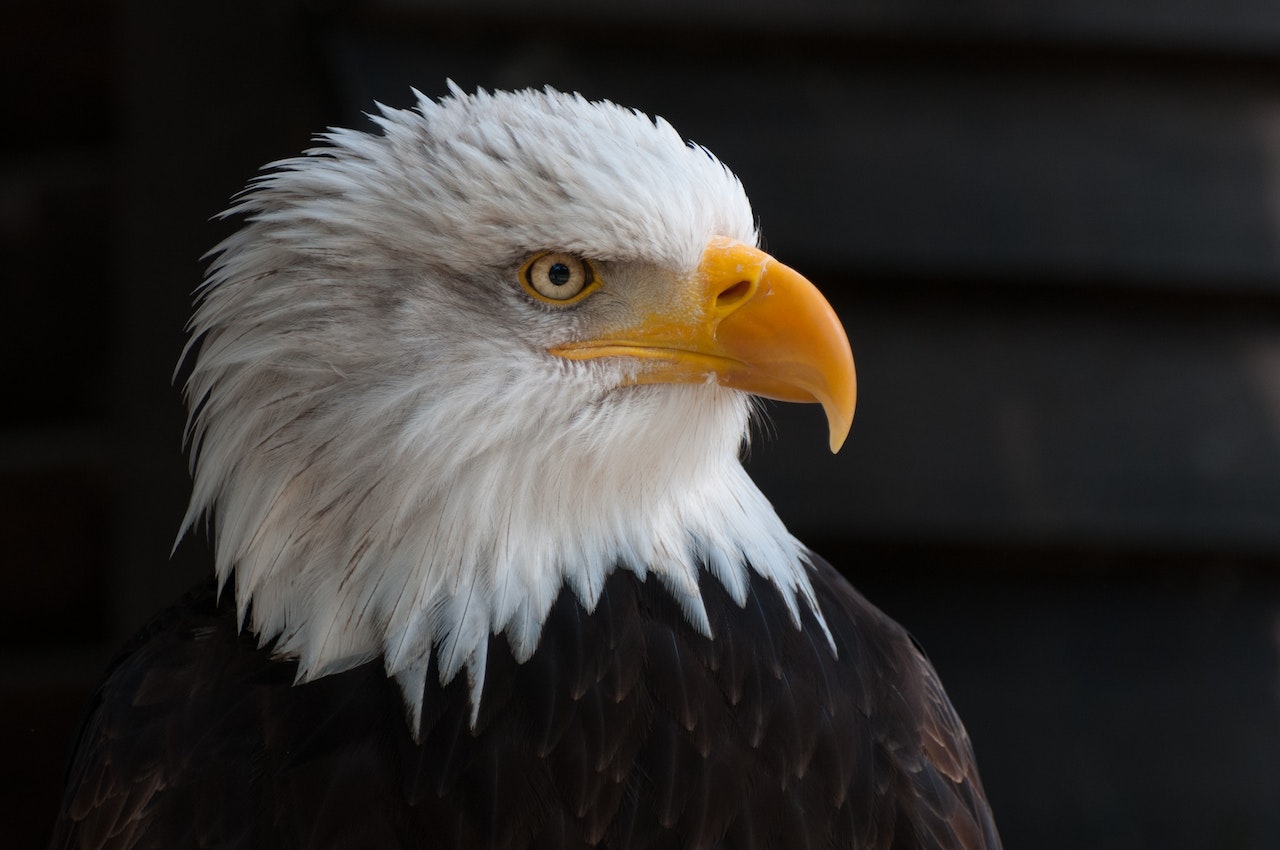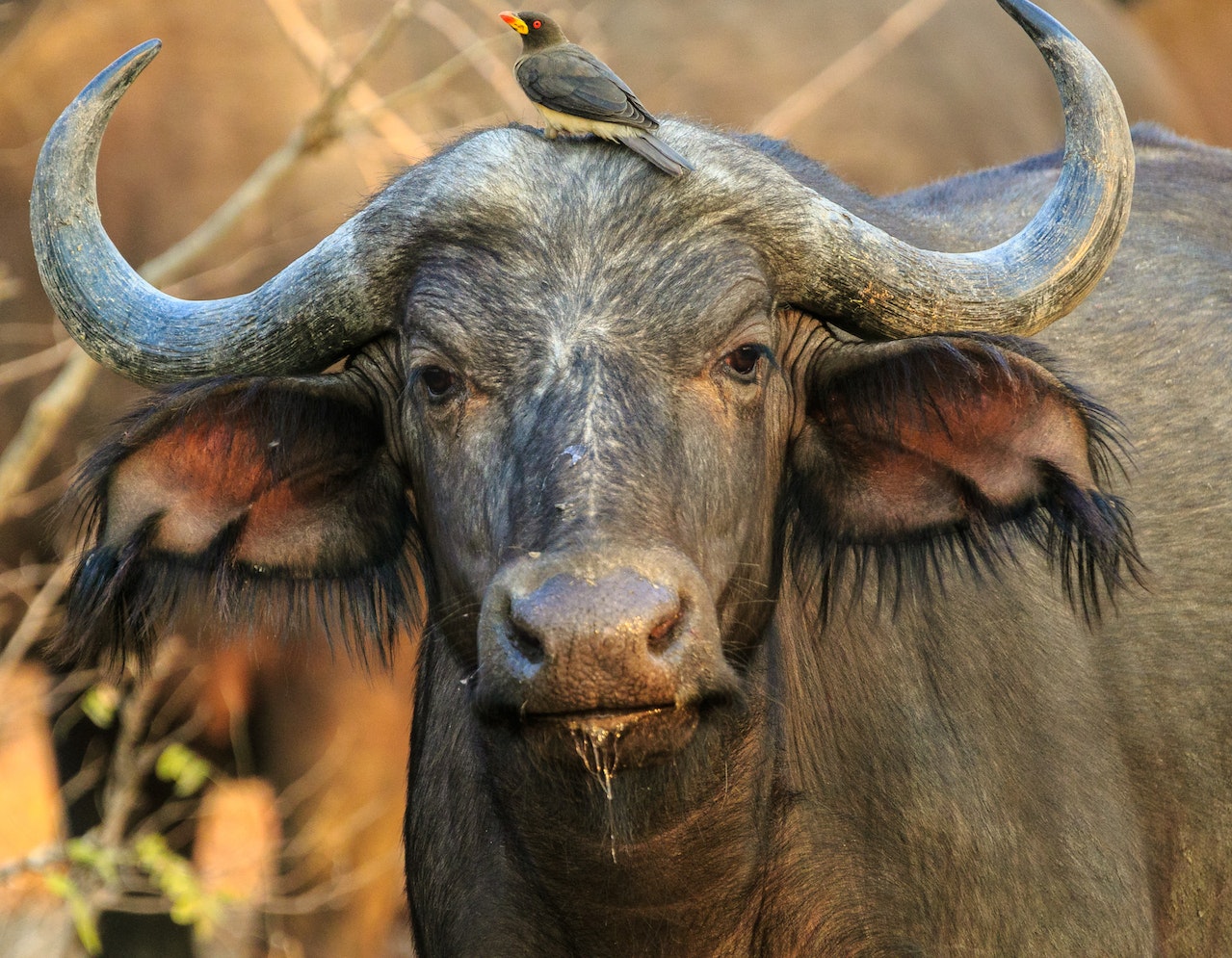Why Nature Conservancies Need an Intranet
Although an unsung hero, an intranet is a powerful employee tool for any organization. And while many people associate it with clunky software of the nineties, the world of work has evolved over time since then. What we have today is easy-to-navigate internal networks with up-to-date files that make work easier, rather than inhibit it.

When it comes to nature conservancies, intranets can significantly enhance employee efficiency and effectiveness, and they are a vital tool for fostering collaboration, streamlining processes, and promoting engagement among employees and volunteers. Here are some compelling reasons why a nature conservancy should have an intranet.
Facilitates Information Sharing
It goes without saying that nature conservancies deal with huge amounts of information, including research papers, conservation strategies, and educational materials and guidelines. This is where Omnia intranet comes in. It can serve as a digital library that houses essential documents and resources in a single and easy-to-access location. This ensures that very team member can find information quickly when they need it.
Improves Communication
Effective communication is crucial in any organisation, and nature conservancies are no exception. Again, Omnia intranet provides a central platform where staff can easily share updates, ideas, and resources. This not only reduces the chances of miscommunication but also nurtures a collaborative spirit among teams.
Good for Proper Data Management
With nature conservancies often collecting vast amounts of data related to conservation efforts, research findings, community engagements, etc., an intranet can streamline data collection, storage, and reporting processes, making it easy to manage and analyse information. This is especially important when it comes to tracking the impacts of various initiatives and communicating the results to stakeholders, donors, and the public at large.
